A Zonal Displacement Approach via Grid Point Weighting in Building Generalization
Abstract
1. Introduction
- Minimum distance: minimum spacing between two buildings as well as between a building and a surrounding object such as road, railway and river has to be satisfied to ensure their discernibility at target scale. Minimum distance threshold (MDT) is 0.2 mm (10 m for 1:50k) according to the graphic limits used in cartography.
- Positional accuracy: Displacement changes the positions of map objects. It should be restricted to preserve positional accuracy of objects within the scale limits. Positional accuracy threshold (PAT) is applied as 0.5 mm (25 m for 1:50k) for buildings.
- Spatial patterns and relationships: in maps, spatial patterns and relationships of objects should be preserved as much as possible to be able to communicate significant geographic information effectively. In the context of buildings, it is necessary to consider topological, proximal and directional relationships between the buildings as well as between buildings and surrounding objects. For example, according to the Gestalt principles such as continuity and common orientation, specific arrangements of buildings are important in view of visual perception or from a topological aspect, buildings must be located at the same side of the road after generalization.
2. Related Works
3. Methodology and Experimental Setting
3.1. Spatial Partitioning and Building Grouping
3.2. Map Space Allocation for the Building Groups in the Blocks
- The PAT-size-dissolved buffer of the buildings is generated. The size of the buffer was chosen equal to the PAT to obtain smoother geometry containing the respective building group.
- The inward (negative) buffer of the resulting polygon is generated. For the perfectly aligned buildings forming linear patterns, the inward buffering process returns an empty geometry as can be seen in Figure 2. Since most of the patterns do not consist of perfectly aligned buildings, tolerance value (t) is used to be able to detect them and hence the inward buffer size (IBS) was chosen equal to (PAT + ½MESB + t) (e.g., 40 m for 1:50k). According to our preliminary trials, t was chosen as 2.5 m.
- If the area of final polygon is less than 25 sq m (i.e., 0.01 sq mm at 1:50k) or there is no polygon left, it is then assumed that a linear pattern exists in the zone (Figure 3). If the final polygon is a multi-polygon, the area of greater part is taken into account.
- The inward buffer of the PAT-size-dissolved buffer is generated. The size of the buffer was chosen to be 5 m less than the PAT (i.e., 20 m) to create a suitable movement space for the buildings (Figure 4a).
3.3. Determination of Displacement-Feasible Zones
3.4. Generation of a Grid Point Set for the Zones
3.5. Grid Point Weighting
3.6. Displacement
- The zones restrict the area that the buildings can move.
- The zones with linear patterns are highly narrowed to preserve the patterns as far as possible.
- Positional accuracy constraint (i.e., PAT = 25 m) limits the positional changes of the buildings.
- Toward-center displacement carries the buildings toward the centroid of the generalization zone collectively to mainly reduce or resolve the conflicts with roads.
- During inner displacement, in every session (see Setion 3.6.3), all buildings are displaced by small amounts proportional to their distances to their computed target locations.
3.6.1. Toward-Center Displacement
3.6.2. Inward Displacement
- Directional target location (DTL) (,) is obtained from grid points within the polygon generated with the intersection of PAT-size buffer of the building and the zone (Equations (5) and (6)). These points are called inner grid points.where is the number of inner grid points, and are the coordinates of DTL, and are coordinates of an inner grid point, is weight of an inner grid point, computed with the KDE.
3.6.3. Inner Displacement
Building-Specific Modification of Grid Point Weights
- Unique polygon of a main buffer (UPolymb): the difference polygon between the PAT-size buffers of a respective building and other buildings delimited by the zone (Figure 9a). This kind of buffer is created once before the displacement when the buildings are at their initial locations. The size of the buffer chosen is equal to the PAT because the buildings do not have to move outside of these buffers. The difference in polygon corresponds to the unique area where the other buildings cannot be moved. In other words, it is the most feasible area to displace a building; therefore, the weights of the points that fall within this area are increased.
- Unique polygon of an auxiliary buffer (UPolyab): the difference in polygon between the half-PAT-size (i.e., 12.5 m) buffers of a building and other buildings (Figure 9b). The size of the buffers was determined after some trials. This kind of buffers are generated in each iteration immediately before displacing buildings. They are not clipped by the zone to be able to involve points around it as well. The reason for creating those buffers is to increase the weight of points that are not located in the intersection of the half-PAT-size buffers of close buildings. In this way, it is possible to move these buildings away from each other and to resolve the conflict between them in general.
Specific Steps of the Inner Displacement
- The distance between the current () (Equations (8) and (9)) and the centroid of each building is calculated. is computed in each session again for each building.where and are the current coordinates of , and are coordinates of a grid point, is current weight of a grid point.
- The amount of displacement for a building is set as one-tenth of the calculated distance in the previous step and accordingly each building is displaced toward in each session. This amount is kept small in order to avoid immediate deterioration of spatial relationships between buildings.
- The displacement process can continue until the maximum permitted number of sessions is reached. After some trials, it was determined to be 40.
- One of the buildings is eliminated or typified if there is still a conflict when the sessions are over. This building is one of the two buildings that have the most conflict (i.e., the nearest ones) prior to inner displacement, either the smaller one if their areas are different, or one of them if they have an equal area and same shape (compactness). The typification/elimination process is performed with the area-weighted recentering and the inner displacement process is repeated with the remaining buildings by starting from their initial positions.
- After the typification/elimination, if the number of buildings is less than half of the initial number of buildings, the displacement process is cancelled in this zone and a solution must be found with another generalization operation.
3.6.4. Post-Processing
3.7. Evaluation of the Displacement Quality
4. Results and Discussion
5. Conclusions
Supplementary Materials
Author Contributions
Funding
Institutional Review Board Statement
Informed Consent Statement
Data Availability Statement
Conflicts of Interest
Appendix A
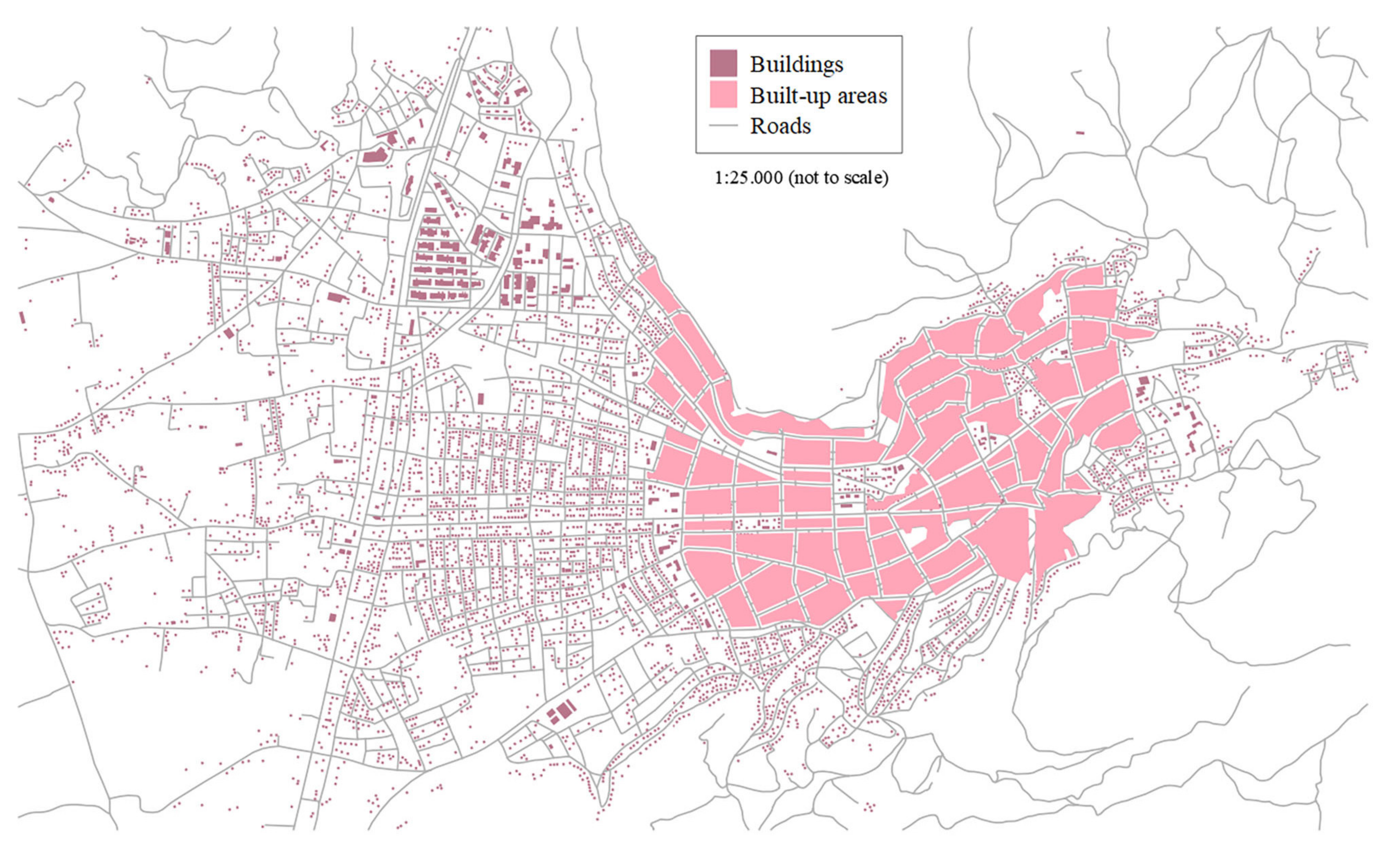
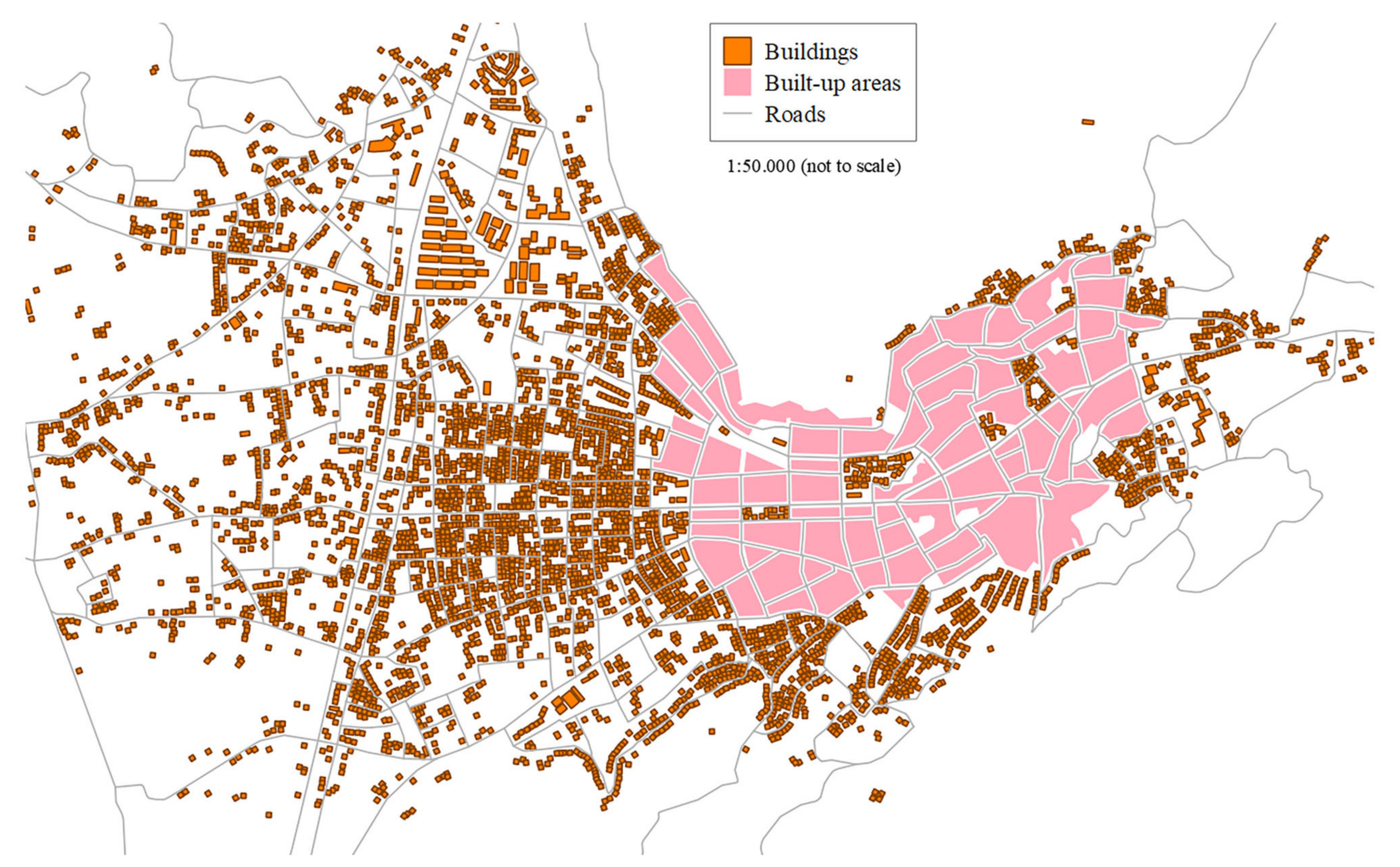
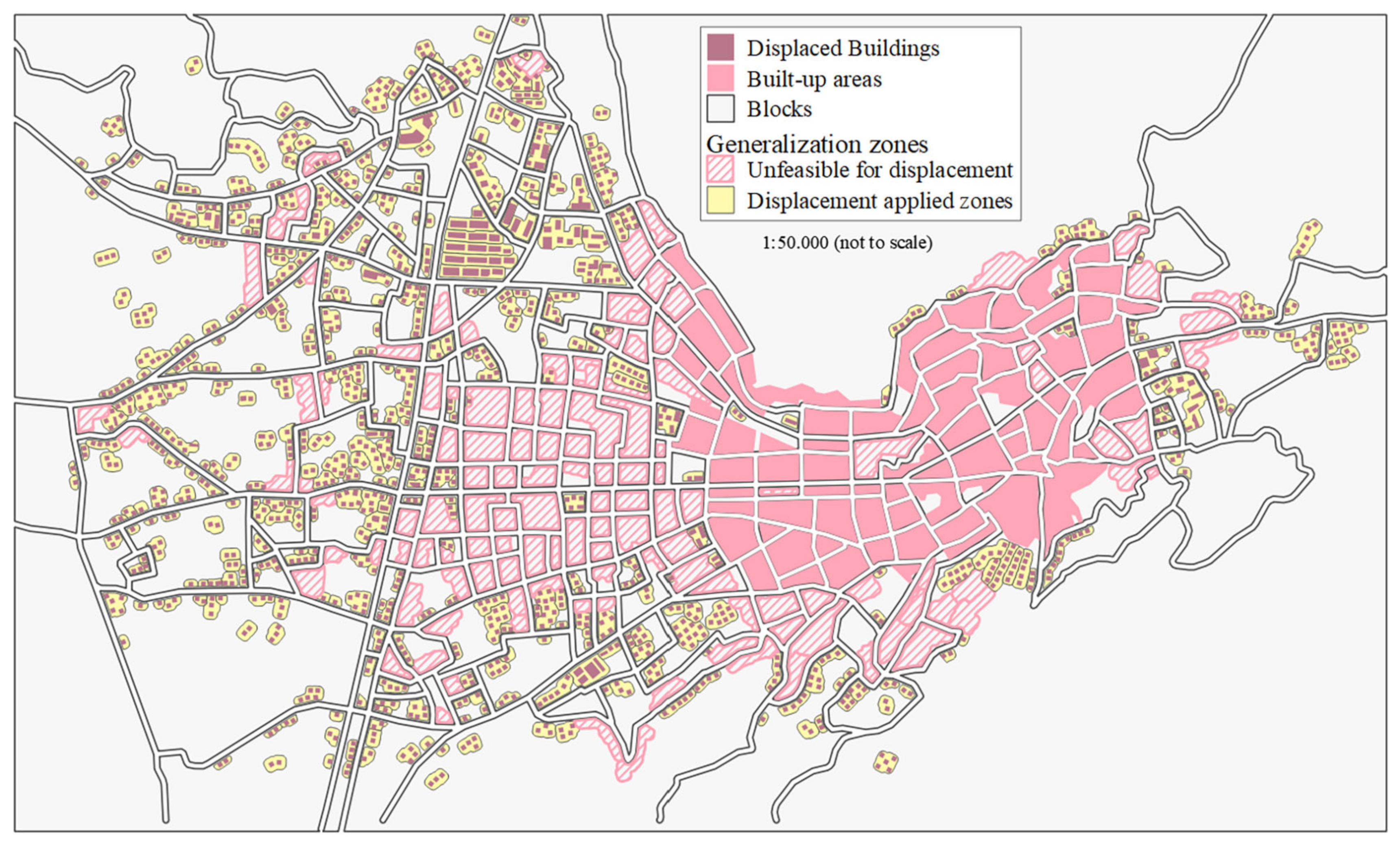
Appendix B

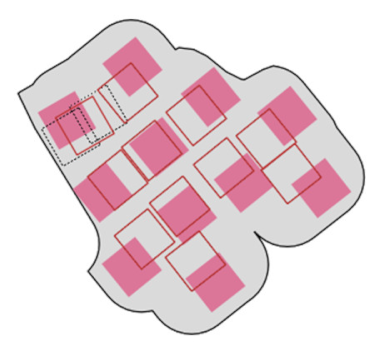 |  | 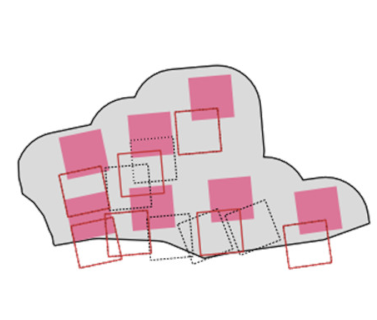 | |||||||||
| mα | 6.1 | µdd | 12.75 | mα | 4.01 | µdd | 3.87 | mα | 3.31 | µdd | 20.53 |
| ml | 0.05 | ΔdC | 4.13 | ml | 0.04 | ΔdC | 2.08 | ml | 0.04 | ΔdC | 19.64 |
| mc | 0.03 | QR | VG | mc | 0.04 | QR | VG | mc | 0.02 | QR | VG |
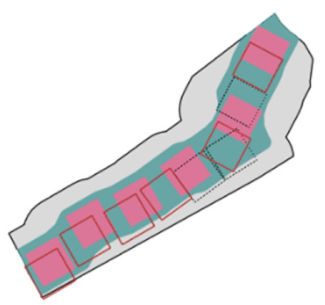 | 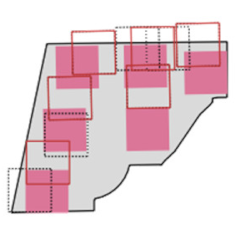 | 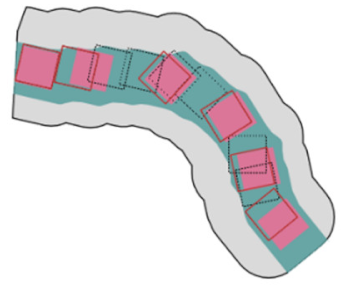 | |||||||||
| mα | 2.42 | µdd | 13.31 | mα | 7.45 | µdd | 17.29 | mα | 1.11 | µdd | 5.75 |
| ml | 0.02 | ΔdC | 12.99 | ml | 0.04 | ΔdC | 16.25 | ml | 0.02 | ΔdC | 5.36 |
| mc | 0.03 | QR | VG | mc | 0.04 | QR | VG | mc | 0.02 | QR | VG |
 | 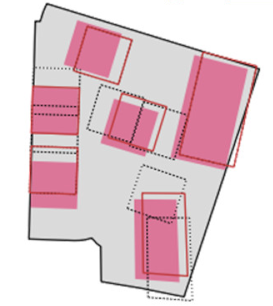 | 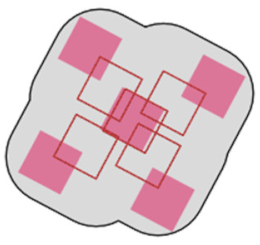 | |||||||||
| mα | 3.36 | µdd | 13.81 | mα | 3.14 | µdd | 6.06 | mα | 2.99 | µdd | 8.22 |
| ml | 0.04 | ΔdC | 13.76 | ml | 0.03 | ΔdC | 3.02 | ml | 0.03 | ΔdC | 1.79 |
| mc | 0.03 | QR | VG | mc | 0.02 | QR | VG | mc | 0.02 | QR | VG |
 | 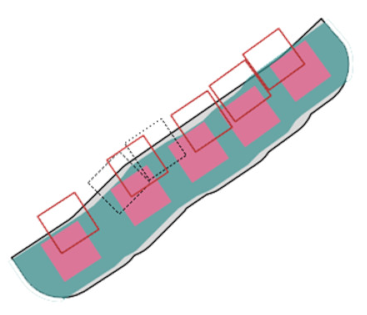 | 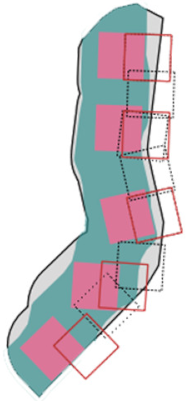 | |||||||||
| mα | 3.46 | µdd | 8.96 | mα | 2.51 | µdd | 16.52 | mα | 0.88 | µdd | 15.17 |
| ml | 0.03 | ΔdC | 5.72 | ml | 0.01 | ΔdC | 14.95 | ml | 0.01 | ΔdC | 15.06 |
| mc | 0.03 | QR | VG | mc | 0.02 | QR | VG | mc | 0.01 | QR | VG |
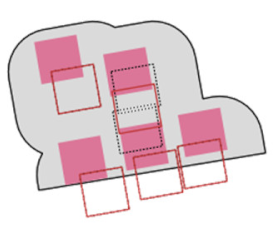 | 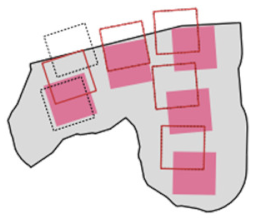 | 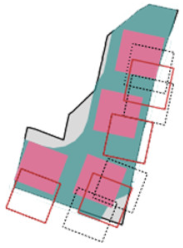 | |||||||||
| mα | 3.53 | µdd | 19.69 | mα | 0.83 | µdd | 15.98 | mα | 6.08 | µdd | 16.07 |
| ml | 0.03 | ΔdC | 19.07 | ml | 0.01 | ΔdC | 14.82 | ml | 0.04 | ΔdC | 15.5 |
| mc | 0.02 | QR | VG | mc | 0.01 | QR | VG | mc | 0.04 | QR | VG |
 | 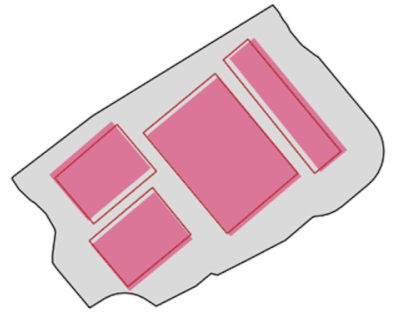 |  | |||||||||
| mα | 1.37 | µdd | 15.93 | mα | 2.04 | µdd | 3.65 | mα | 1.18 | µdd | 7.97 |
| ml | 0.01 | ΔdC | 1.39 | ml | 0.01 | ΔdC | 1.37 | ml | 0.01 | ΔdC | 7.95 |
| mc | 0.01 | QR | VG | mc | 0.02 | QR | VG | mc | 0.01 | QR | VG |
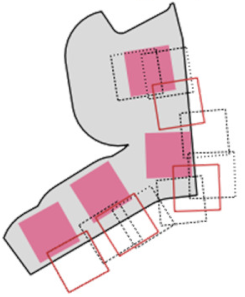 |  | 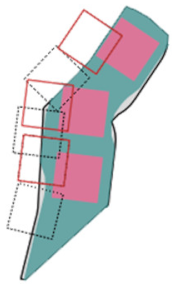 | |||||||||
| mα | 0.17 | µdd | 23.07 | mα | 0.71 | µdd | 16.85 | mα | 0.26 | µdd | 20.25 |
| ml | 0.01 | ΔdC | 22.66 | ml | 0.0 | ΔdC | 16.73 | ml | 0.01 | ΔdC | 20.08 |
| mc | 0.0 | QR | VG | mc | 0.01 | QR | VG | mc | 0.01 | QR | VG |
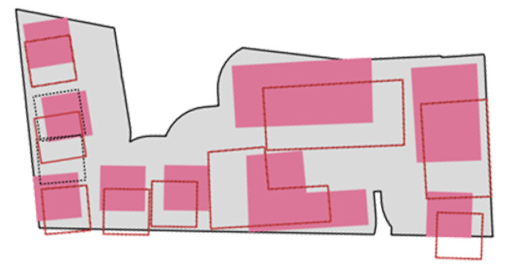 | 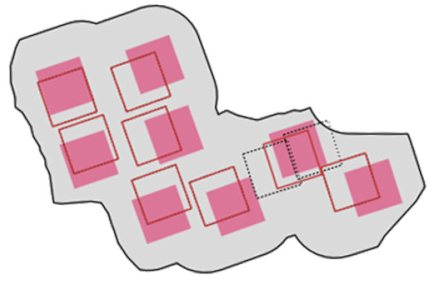 |  | |||||||||
| mα | 9.78 | µdd | 14.32 | mα | 9.45 | µdd | 10.32 | mα | 9.05 | µdd | 16.01 |
| ml | 0.04 | ΔdC | 10.06 | ml | 0.07 | ΔdC | 5.5 | ml | 0.06 | ΔdC | 11.37 |
| mc | 0.07 | QR | G | mc | 0.06 | QR | G | mc | 0.06 | QR | G |
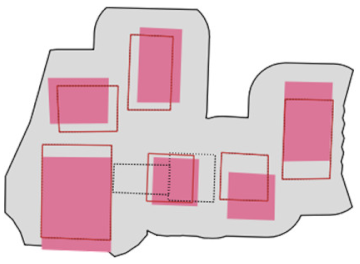 |  |  | |||||||||
| mα | 6.64 | µdd | 9.49 | mα | 7.76 | µdd | 6.86 | mα | 18.54 | µdd | 14.6 |
| ml | 0.03 | ΔdC | 1.26 | ml | 0.03 | ΔdC | 4.71 | ml | 0.09 | ΔdC | 1.69 |
| mc | 0.05 | QR | G | mc | 0.07 | QR | G | mc | 0.14 | QR | M |
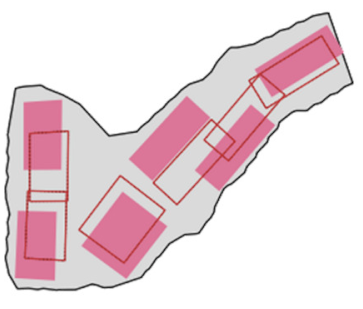 | 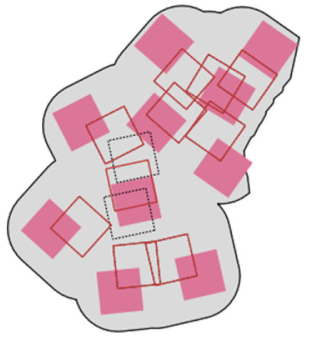 | 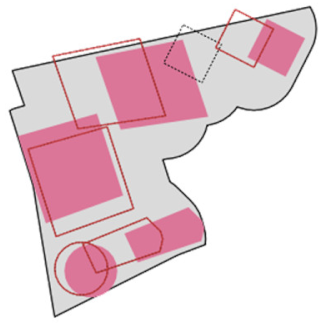 | |||||||||
| mα | 17.53 | µdd | 12.89 | mα | 19.06 | µdd | 15.73 | mα | 14.5 | µdd | 12.03 |
| ml | 0.07 | ΔdC | 3.37 | ml | 0.13 | ΔdC | 2.61 | ml | 0.1 | ΔdC | 11.66 |
| mc | 0.13 | QR | M | mc | 0.13 | QR | M | mc | 0.1 | QR | M |
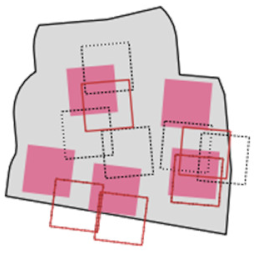 | 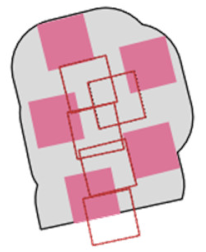 | 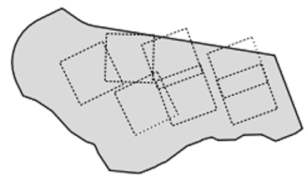 | |||||||||
| mα | 8.73 | µdd | 14.96 | mα | 38.33 | µdd | 21.78 | mα | N/A | µdd | N/A |
| ml | 0.15 | ΔdC | 14.51 | ml | 0.13 | ΔdC | 13.28 | ml | N/A | ΔdC | N/A |
| mc | 0.11 | QR | M | mc | 0.35 | QR | B | mc | N/A | QR | VB |
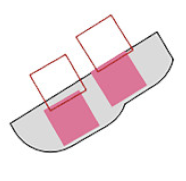 | 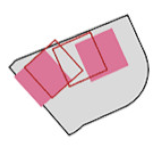 | 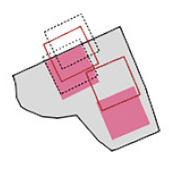 |  | 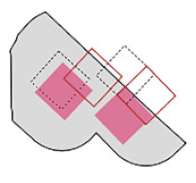 | 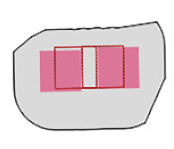 | ||||||
| mθ | 0.13 | mθ | 1.55 | mθ | 3.31 | mθ | 4.56 | mθ | 3.72 | mθ | 1.69 |
| QR | VG | QR | VG | QR | VG | QR | VG | QR | VG | QR | VG |
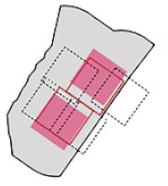 | 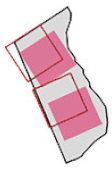 |  | 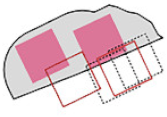 | 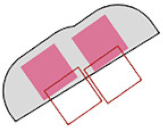 | 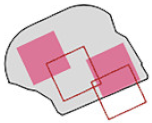 | ||||||
| mθ | 4.12 | mθ | 2.53 | mθ | 5.72 | mθ | 2.79 | mθ | 1.46 | mθ | 12.42 |
| QR | VG | QR | VG | QR | VG | QR | VG | QR | VG | QR | G |
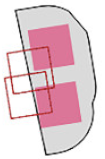 |  | 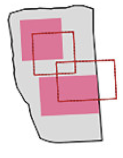 | 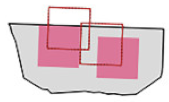 | 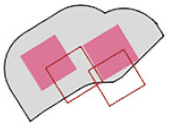 |  | ||||||
| mθ | 12.71 | mθ | 10.16 | mθ | 23.77 | mθ | 14.80 | mθ | 13.43 | mθ | 77.98 |
| QR | G | QR | G | QR | M | QR | M | QR | M | QR | B |
 | 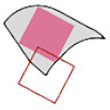 |  |  | 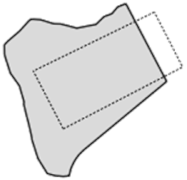 | 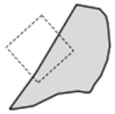 | ||||||
| QR | VG | QR | VG | QR | VG | QR | VG | QR | VB | QR | VB |
References
- Basaraner, M. A Zone-based Iterative Building Displacement Method through the Collective Use of Voronoi Tessellation, Spatial Analysis and Multicriteria Decision Making. Bol. Cienc. Geod. 2011, 17, 161–187. [Google Scholar] [CrossRef]
- Li, Z. Algorithmic Foundation of Multi-Scale Spatial Representation; CRC Press: Boca Rotan, FL, USA, 2007. [Google Scholar]
- Regnauld, N.; McMaster, R.B. A Synoptic View of Generalisation Operators. In Generalisation of Geographic Information: Cartographic Modelling and Applications; Mackaness, W.A., Ruas, A., Sarjakoski, L.T., Eds.; Elsevier: Amsterdam, The Netherlands, 2007; pp. 37–66. [Google Scholar]
- Bader, M.; Barrault, M.; Weibel, R. Building displacement Over a Ductile Truss. Int. J. Geogr. Inf. Sci. 2005, 19, 915–936. [Google Scholar] [CrossRef]
- Liu, Y.; Guo, Q.; Sun, Y.; Ma, X. A Combined Approach to Cartographic Displacement for Buildings Based on Skeleton and Improved Elastic Beam Algorithm. PLoS ONE 2014, 9, e113953. [Google Scholar] [CrossRef] [PubMed]
- Huang, H.; Guo, Q.; Sun, Y.; Liu, Y. Reducing Building Conflicts in Map Generalization with an Improved PSO Algorithm. ISPRS Int. J. Geo-Inf. 2017, 6, 127. [Google Scholar] [CrossRef]
- Sahbaz, K. Contextual Generalization of Buildings in Medium Scale Topographic Maps. Master’s Thesis, Yildiz Technical University, Istanbul, Turkey, 2014. (In Turkish). [Google Scholar]
- Ruas, A. A Method for Building Displacement in Automated Map Generalisation. Int. J. Geogr. Inf. Sci. 1998, 12, 789–803. [Google Scholar] [CrossRef]
- Lonergan, M.; Jones, C.B. An Iterative Displacement Method for Conflict Resolution in Map Generalization. Algorithmica 2001, 30, 287–301. [Google Scholar] [CrossRef]
- Ai, T.; Oosterom, P.V. Displacement Methods Based on Field Analysis. In Proceedings of the Joint Workshop on Multi-Scale Representations of Spatial Data, Ottawa, ON, Canada, 7–8 July 2002. [Google Scholar]
- Lu, X.; Zhang, Y.; Guo, Q. Research on Discrete Points of Electric Field Model for Conflict Detection and Displacement. In Proceedings of the IEEE International Conference on Computer Science and Automation Engineering (CSAE), Zhangjiajie, China, 25–27 May 2012; pp. 6–9. [Google Scholar]
- Sun, Y.; Guo, Q.; Liu, Y.; Ma, X.; Weng, J. An Immune Genetic Algorithm to Buildings Displacement in Cartographic Generalization. Trans. GIS 2016, 20, 585–612. [Google Scholar] [CrossRef]
- Wei, Z.; He, J.; Wang, L.; Wang, Y.; Guo, Q. A Collaborative Displacement Approach for Spatial Conflicts in Urban Building Map Generalization. IEEE Access 2018, 6, 26918–26929. [Google Scholar] [CrossRef]
- Mackaness, W.A. An Algorithm for Conflict Identification and Feature Displacement in Automated Map Generalization. Cartogr. Geogr. Inf. Sci. 1994, 21, 219–232. [Google Scholar] [CrossRef]
- Ai, T.; Zhang, X.; Zhou, Q.; Yang, M. A Vector Field Model to Handle the Displacement of Multiple Conflicts in Building Generalization. Int. J. Geogr. Inf. Sci. 2015, 29, 1310–1331. [Google Scholar] [CrossRef]
- Sun, Y.; Guo, Q.; Liu, Y.; Xiuqin, L.; Yang, N. Building Displacement Based on the Topological Structure. Cartogr. J. 2016, 53, 230–241. [Google Scholar] [CrossRef]
- Maruyama, K.; Takahashi, S.; Wu, H.; Misue, K.; Arikawa, M. Scale-Aware Cartographic Displacement Based on Constrained Optimization. In Proceedings of the 23rd International Conference Information Visualisation (IV), Paris, France, 2–5 July 2019; pp. 74–80. [Google Scholar]
- Basaraner, M.; Selcuk, M. A Structure Recognition Technique in Contextual Generalization of Buildings and Built-Up Areas. Cartogr. J. 2008, 48, 274–285. [Google Scholar] [CrossRef]
- Deng, M.; Tang, J.; Liu, Q.; Wu, F. Recognizing Building Groups for Generalization: A Comparative Study. Cartogr. Geogr. Inf. Sci. 2018, 45, 187–204. [Google Scholar] [CrossRef]
- Zhang, X.; Ai, T.; Stoter, J.; Kraak, M.J.; Molenaar, M. Building Pattern Recognition in Topographic Data: Examples on Collinear and Curvilinear Alignments. Geoinformatica 2013, 17, 1–33. [Google Scholar] [CrossRef]
- Wang, X.; Burghardt, D. Using Stroke and Mesh to Recognize Building Group Patterns. Int. J. Cartogr. 2020, 6, 71–98. [Google Scholar] [CrossRef]
- Cetinkaya, S.; Basaraner, M. Characterisation of Building Alignments with New Measures Using C4.5 Decision Tree Algorithm. Geod. Vestnik 2014, 58, 552–567. [Google Scholar] [CrossRef]
- Zhao, R.; Ai, T.; Yu, W.; He, Y.; Shen, Y. Recognition of building group patterns using graph convolutional network. Cartogr. Geogr. Inf. Sci. 2020, 47, 400–417. [Google Scholar] [CrossRef]
- Du, S.; Luo, L.; Cao, K.; Shu, M. Extracting building patterns with multilevel graph partition and building grouping. ISPRS J. Photogramm. Remote Sens. 2015, 122, 81–96. [Google Scholar] [CrossRef]
- Müller, J.C. Generalization of Spatial Databases. In Geographical Information Systems: Principles and Applications; Maguire, D.J., Goodchild, M.F., Rhind, D.W., Eds.; Longman: London, UK, 1991; Volume 2, pp. 457–475. [Google Scholar]
- Lewis, D. Kernel Density Estimation and Percent Volume Contours. In Geocomputation; Brunsdon, C., Singleton, A., Eds.; SAGE Publications, Inc.: London, UK, 2015; pp. 169–184. [Google Scholar]
- Burt, J.E.; Barber, G.M.; Rigby, D.L. Elementary Statistics for Geographers, 3rd ed.; Guilford Press: London, UK, 2009; p. 416. [Google Scholar]
- Basaraner, M.; Cetinkaya, S. Performance of shape indices and classification schemes for characterising perceptual shape complexity of building footprints in GIS. Int. J. Geogr. Inf. Sci. 2017, 31, 1952–1977. [Google Scholar] [CrossRef]
- MacEachren, A. Compactness of geographic shape: Comparison and evaluation of measures. Geogr. Ann. Ser. B 1985, 67, 53–67. [Google Scholar] [CrossRef]
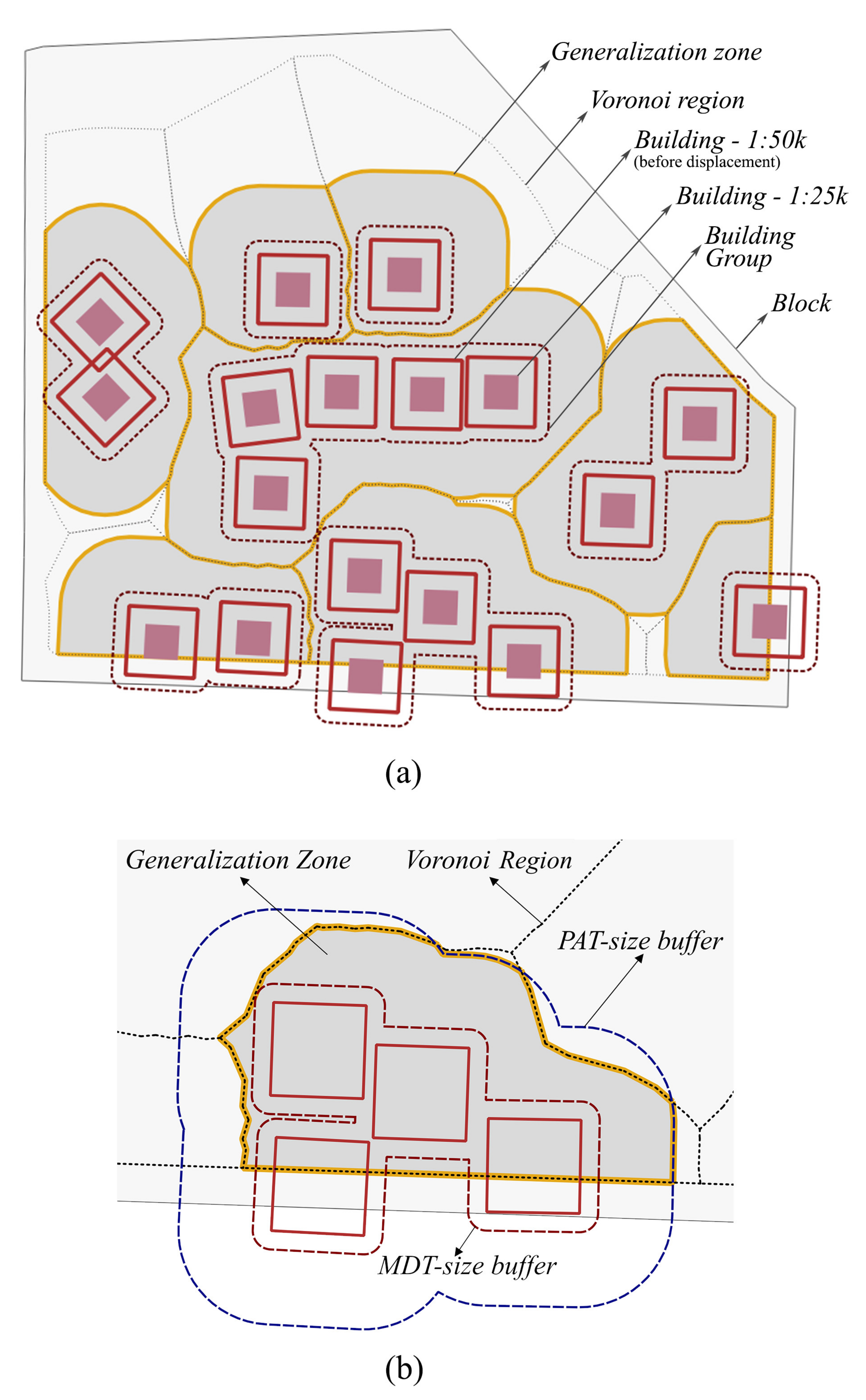
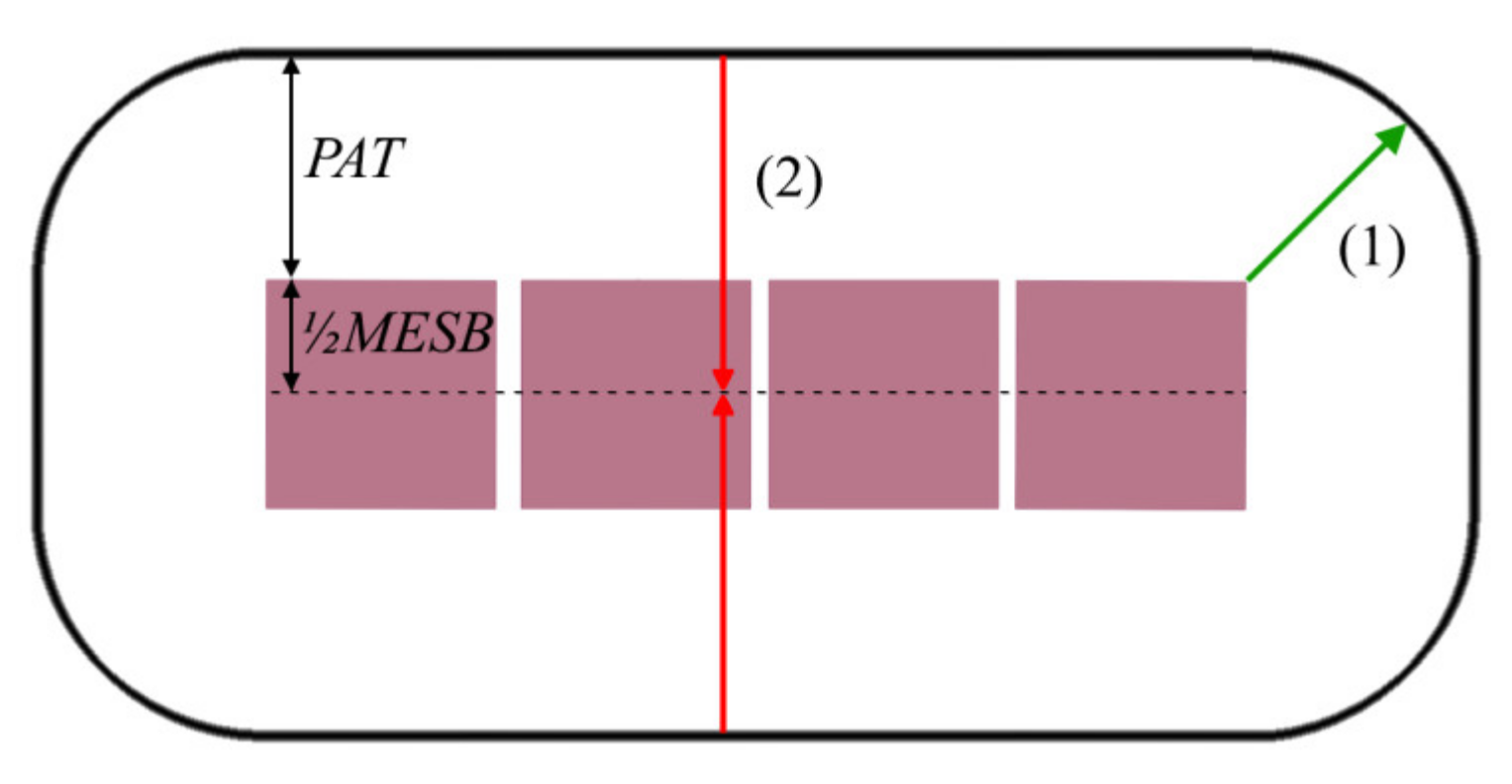
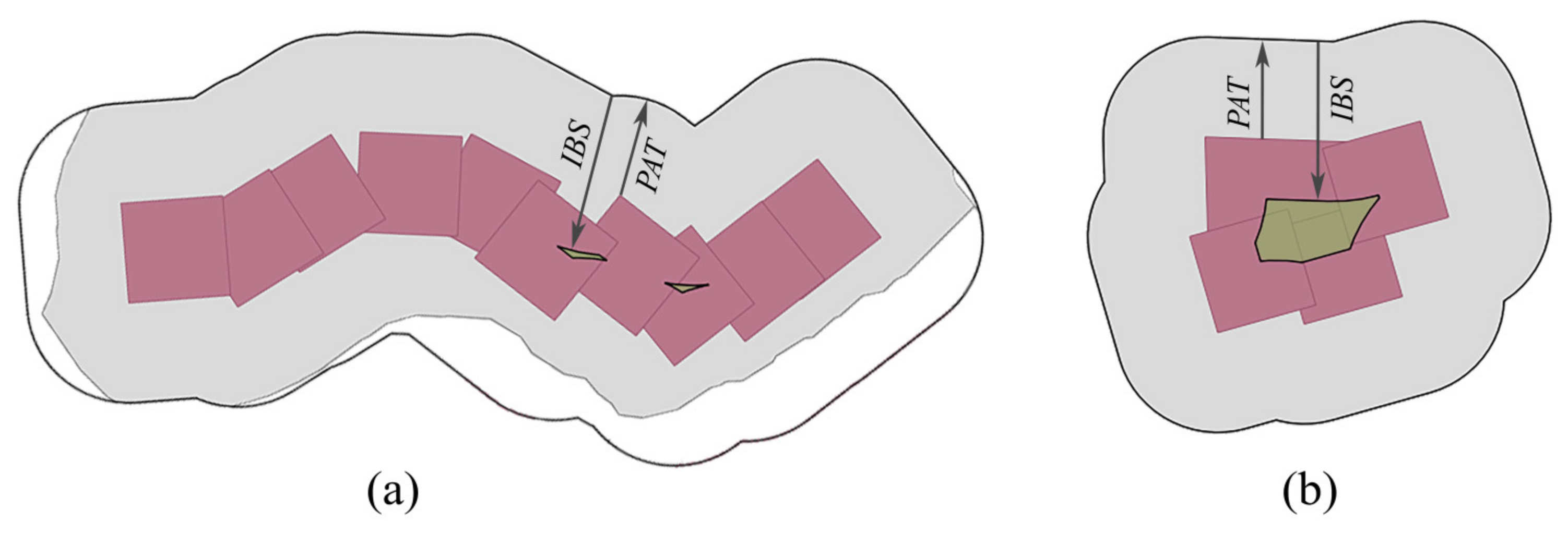

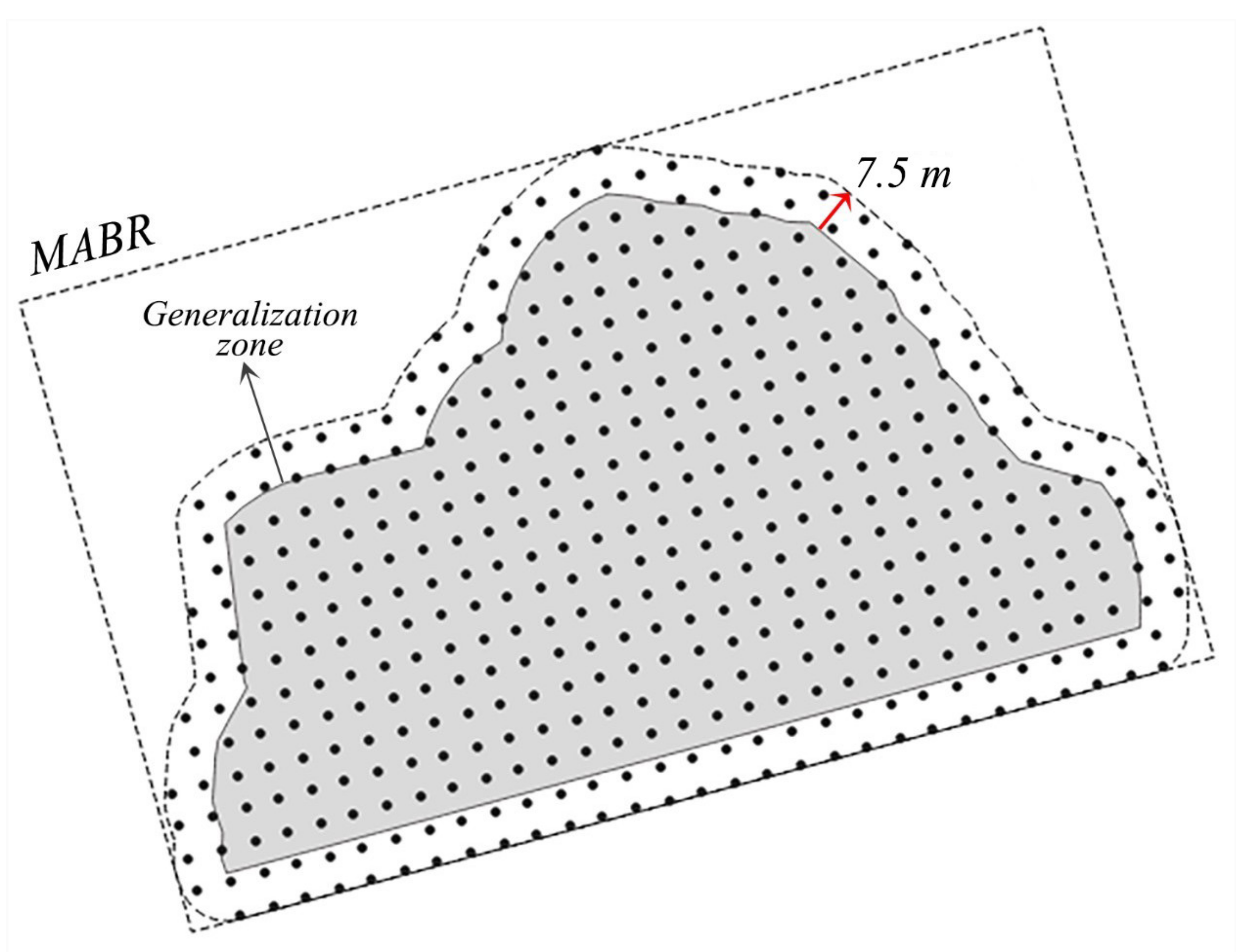
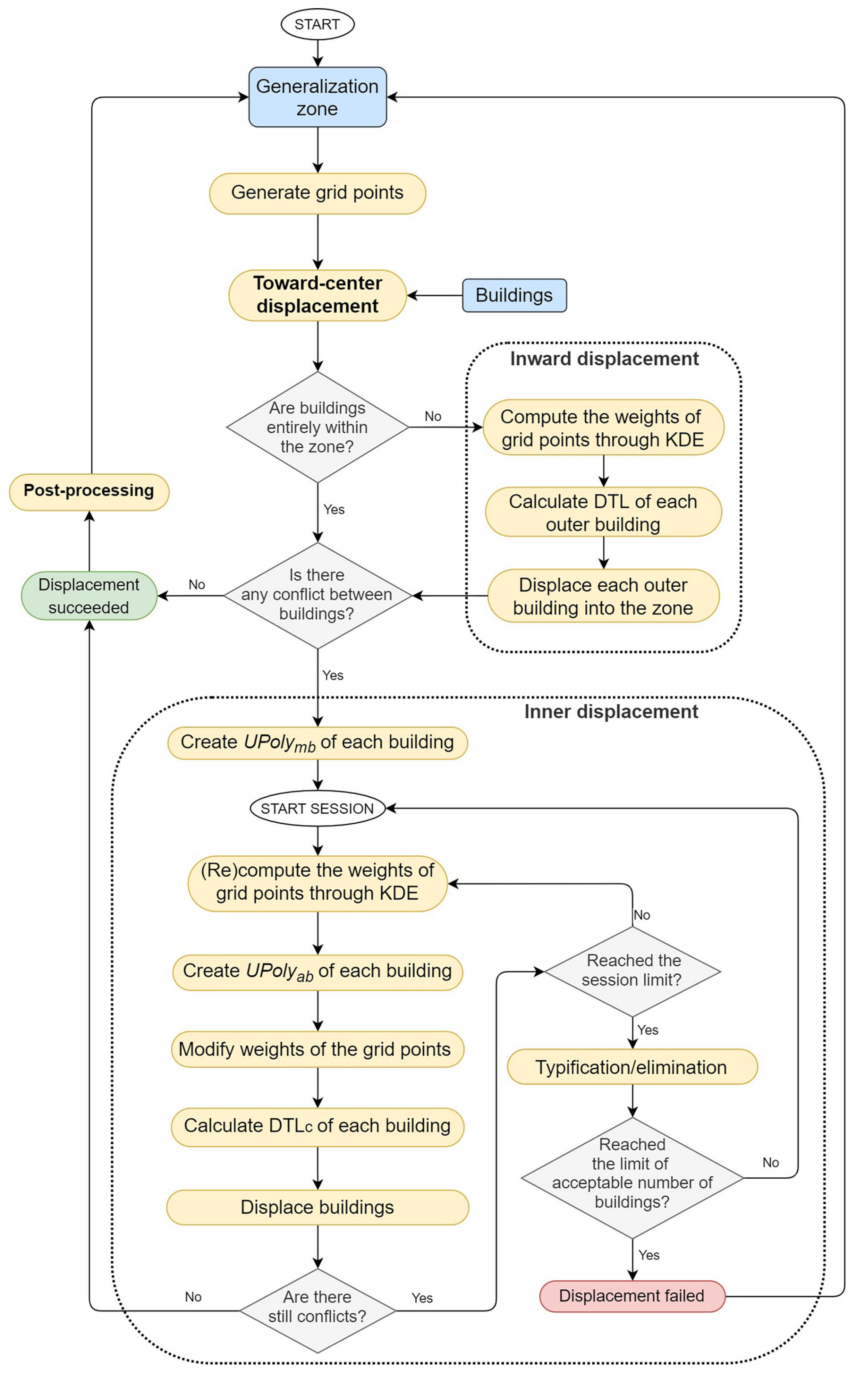

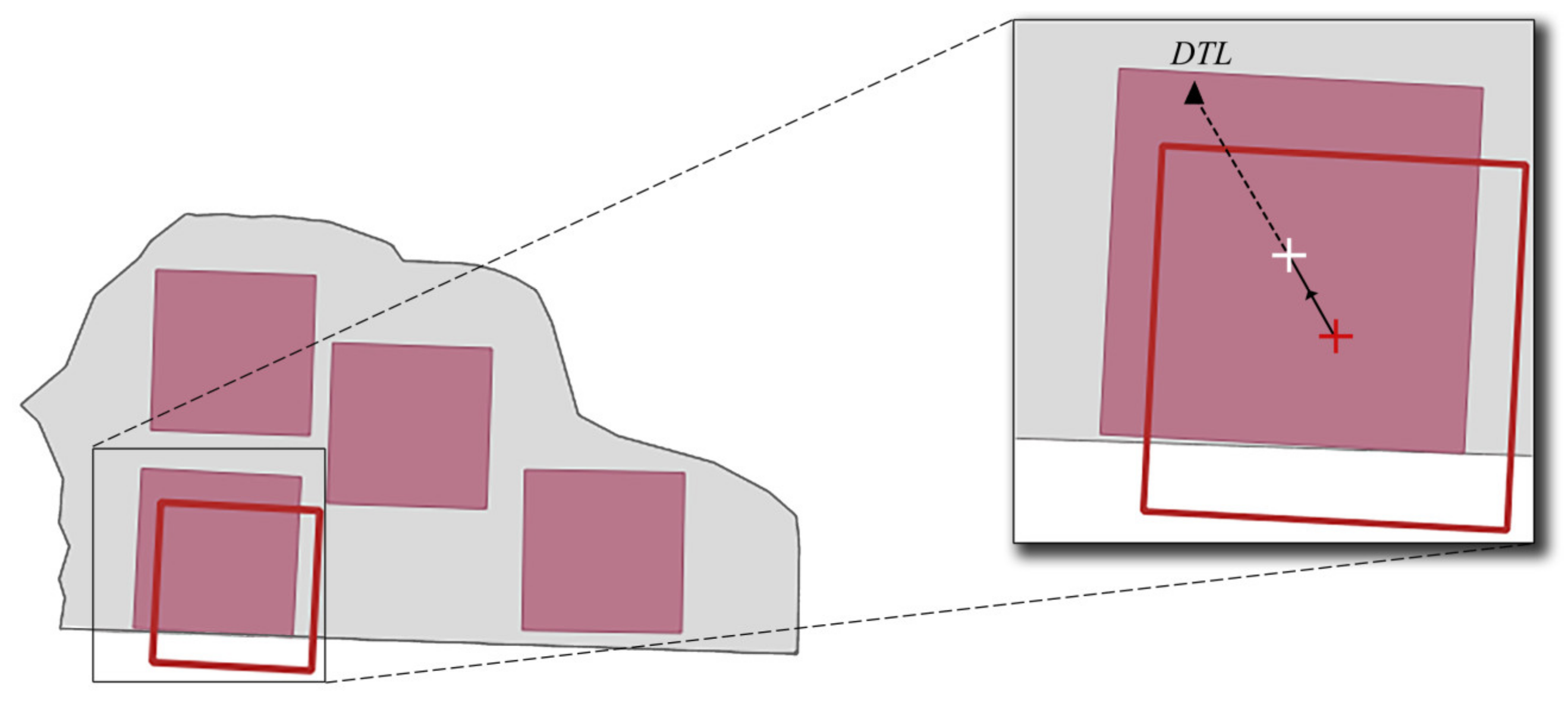
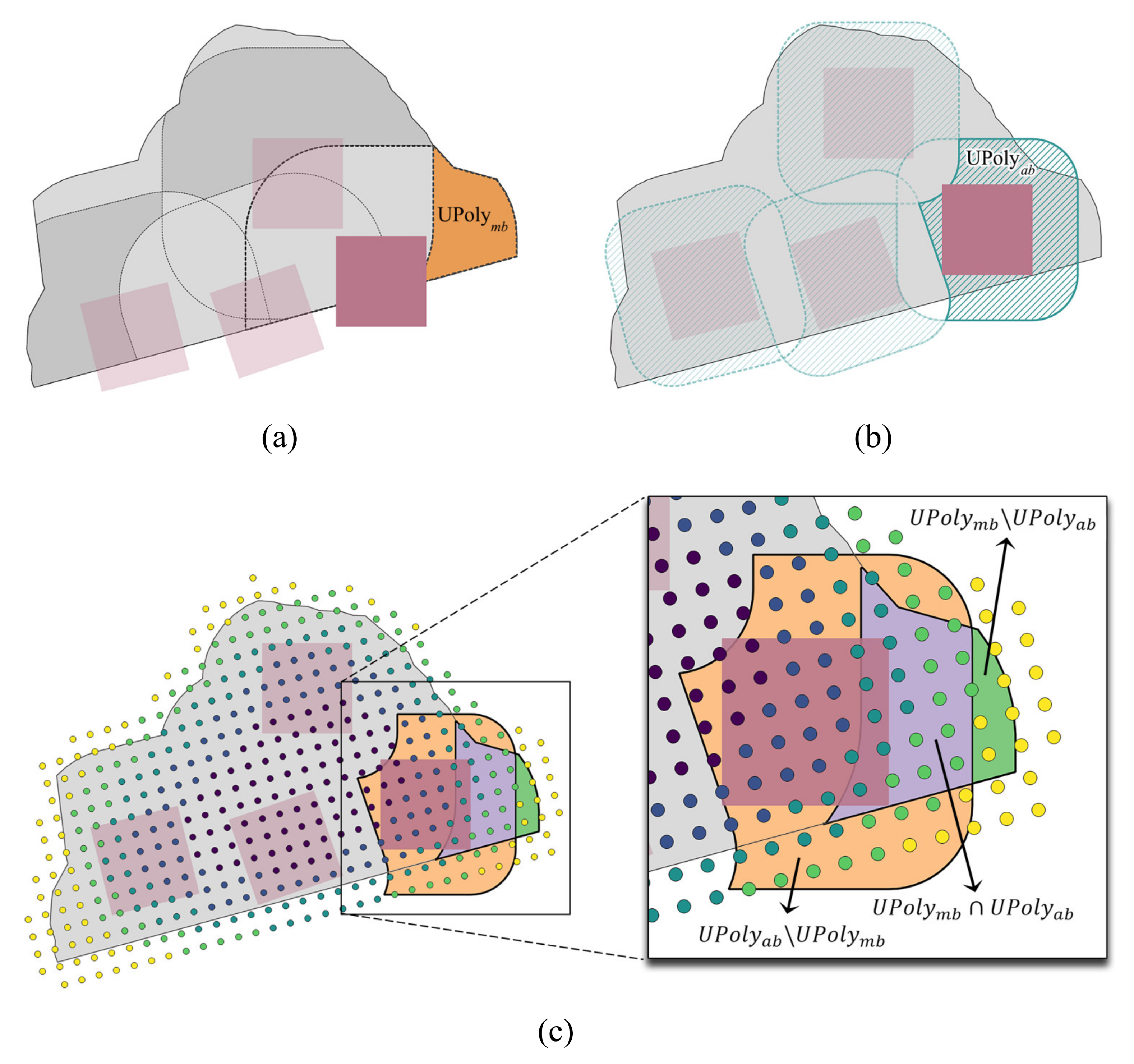
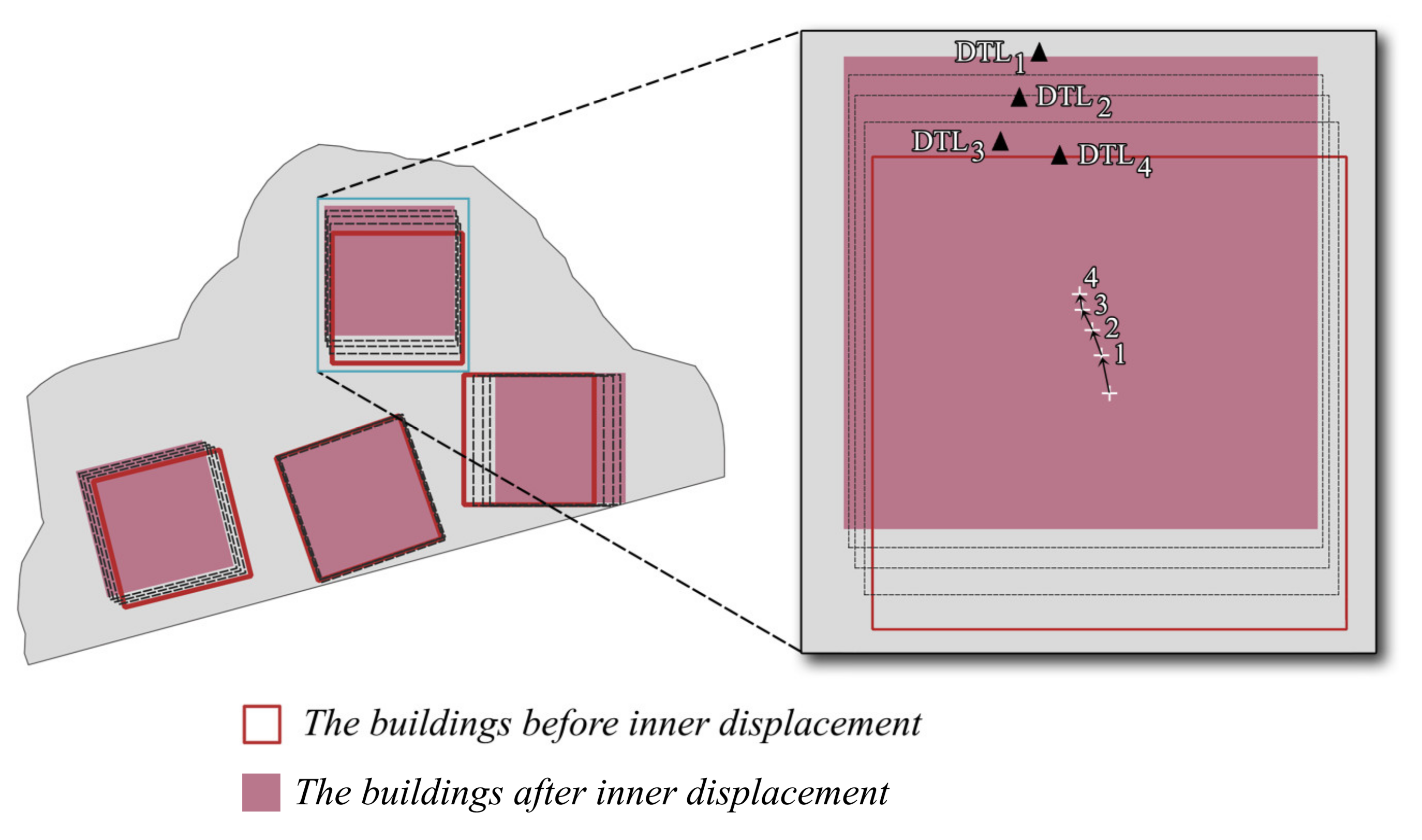
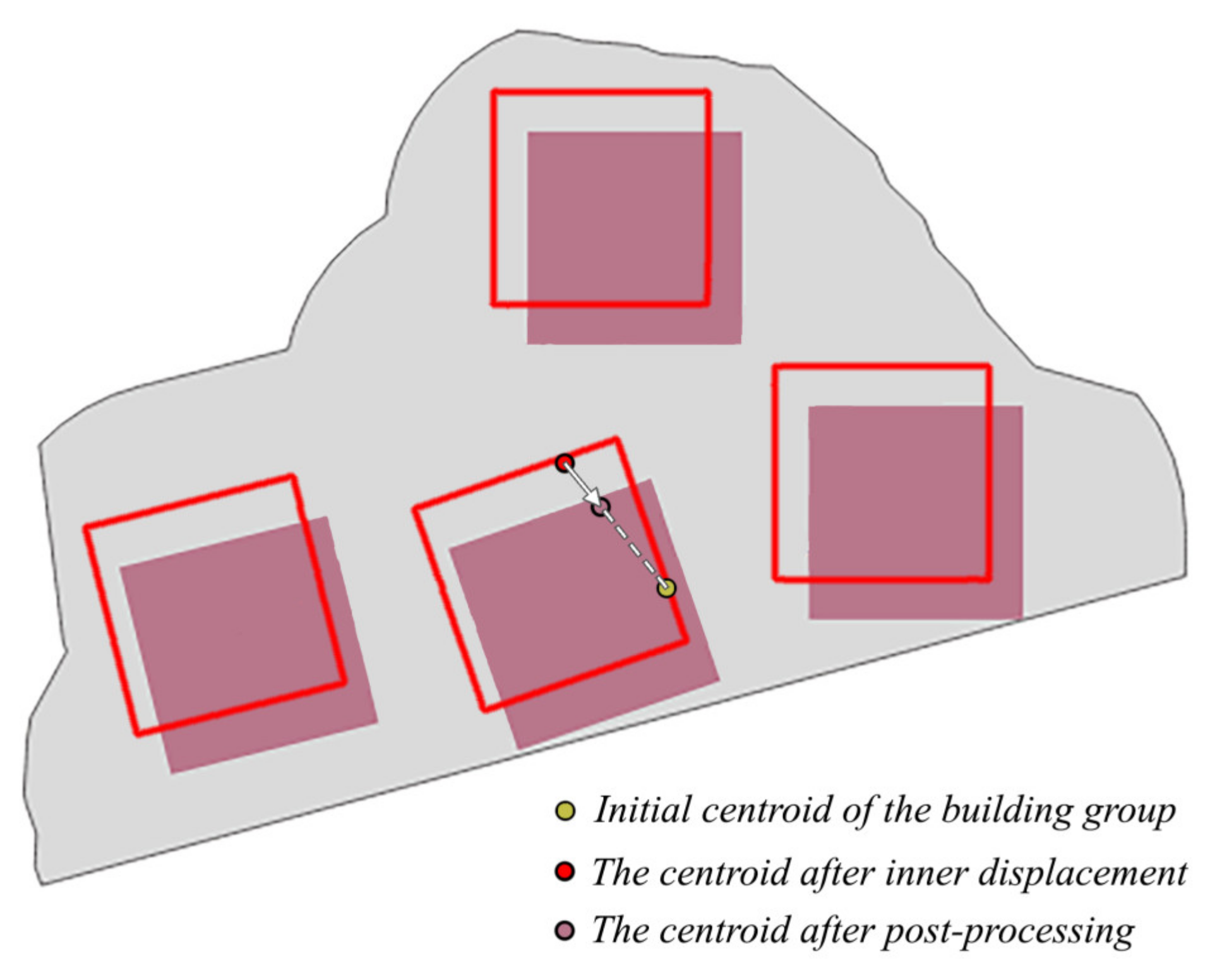
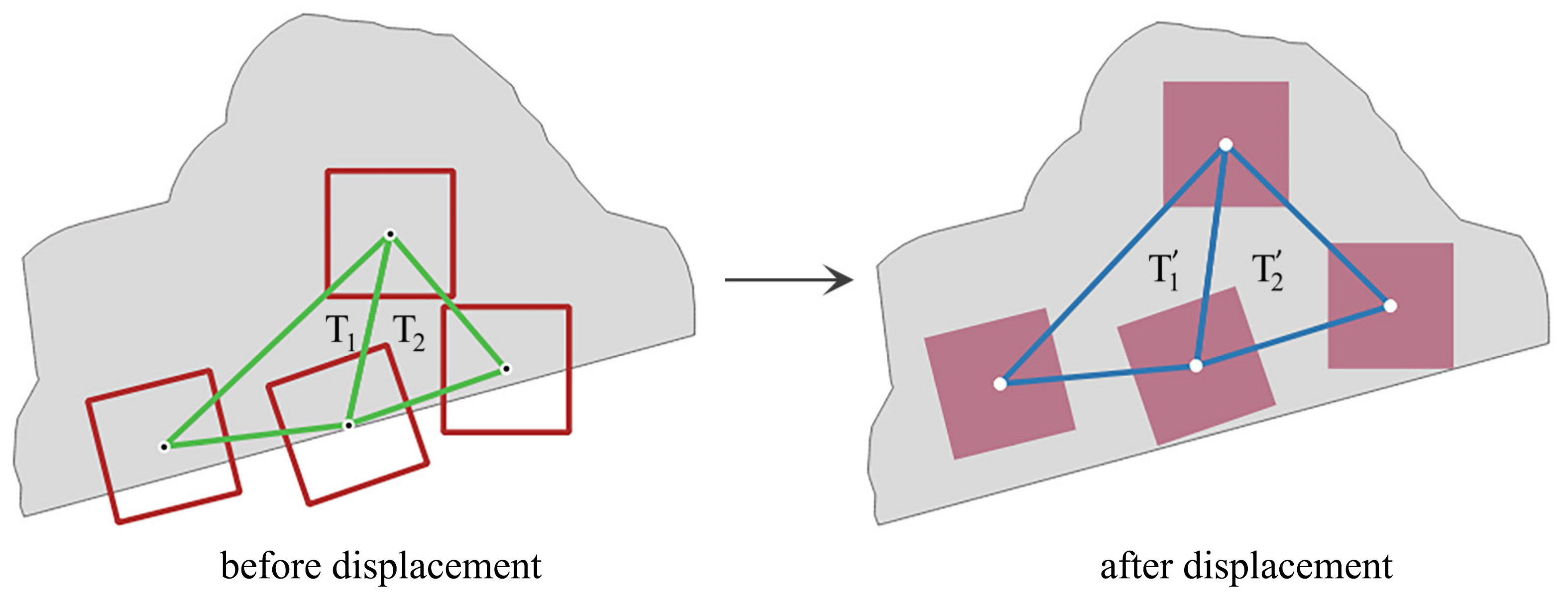

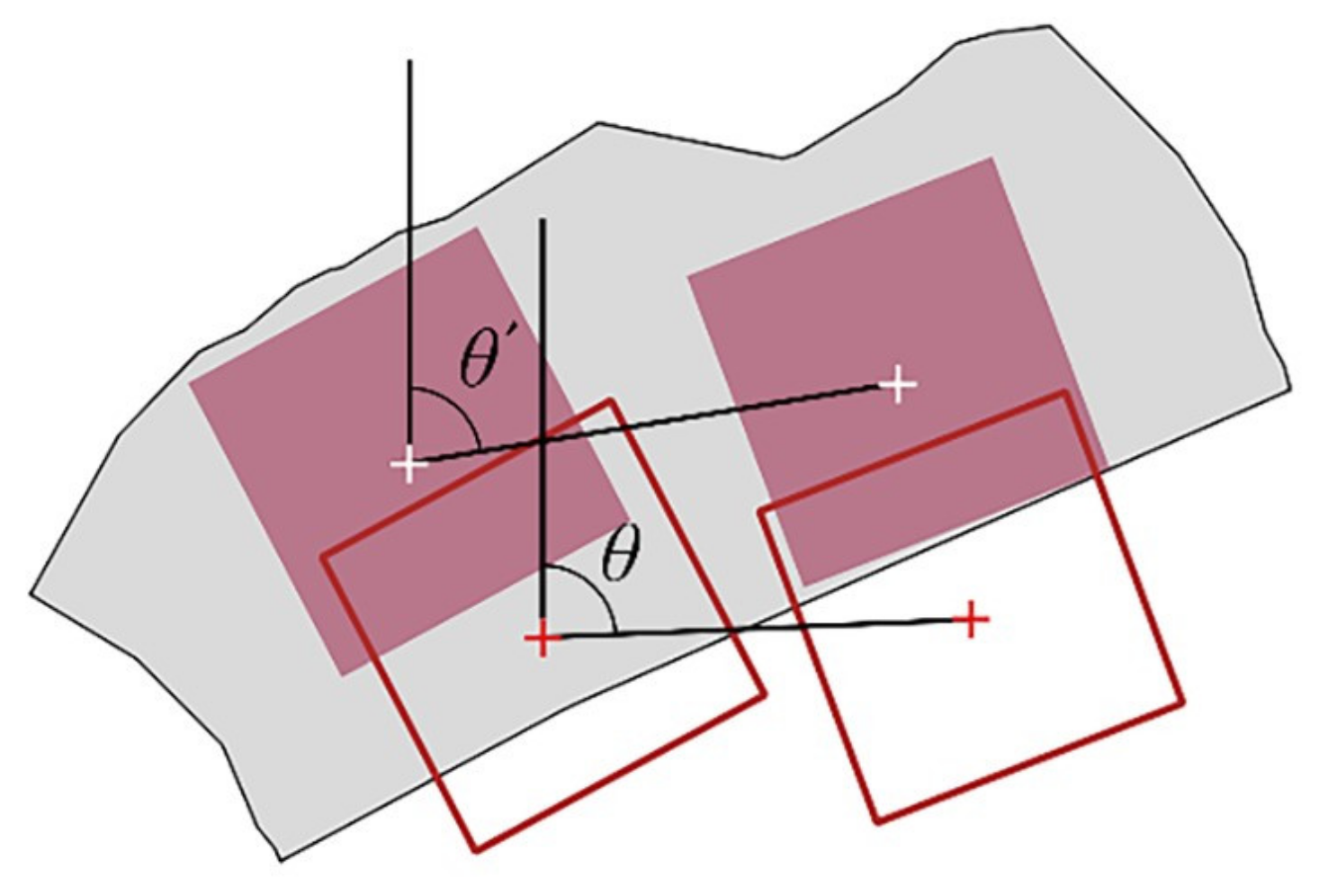
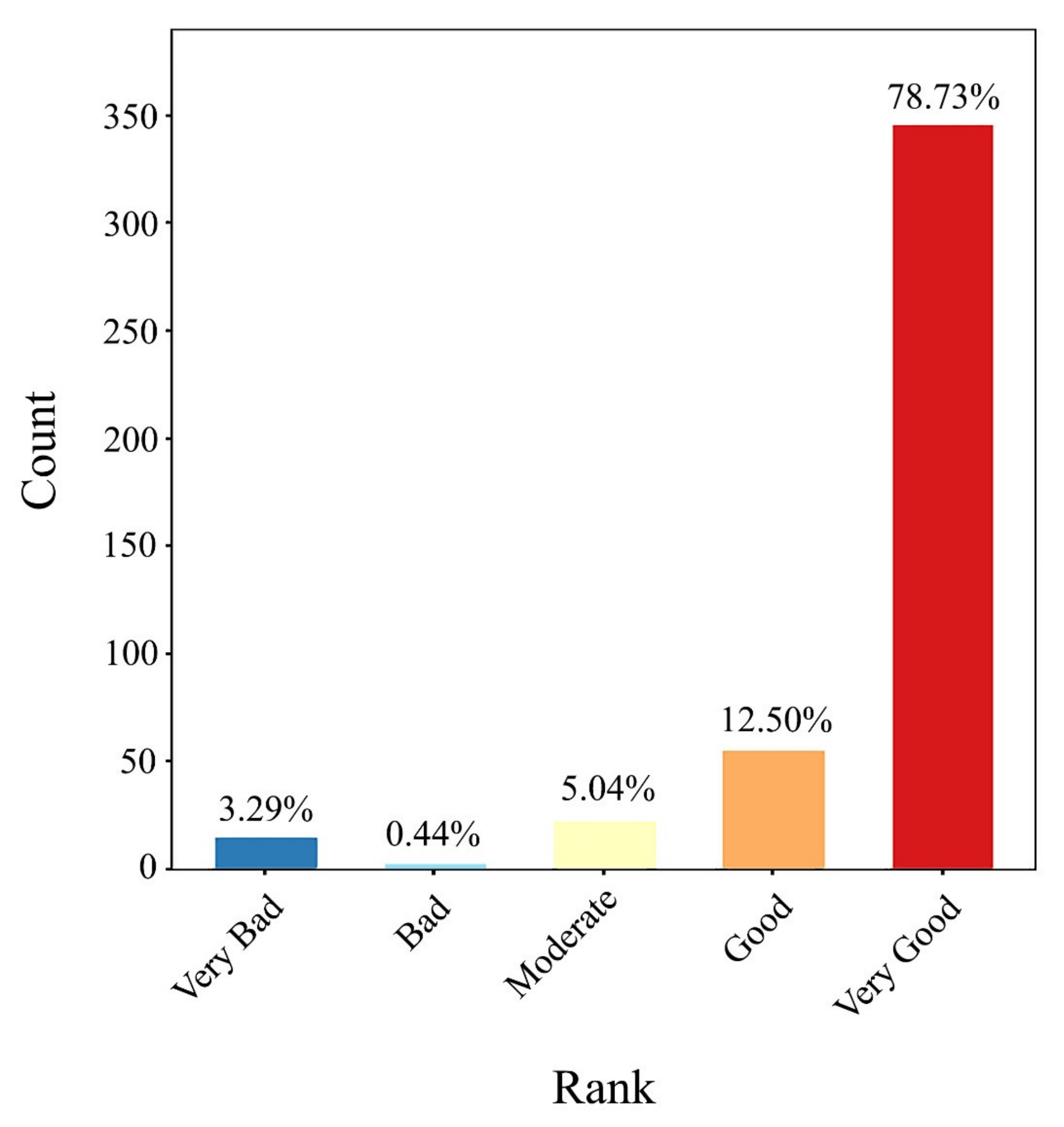
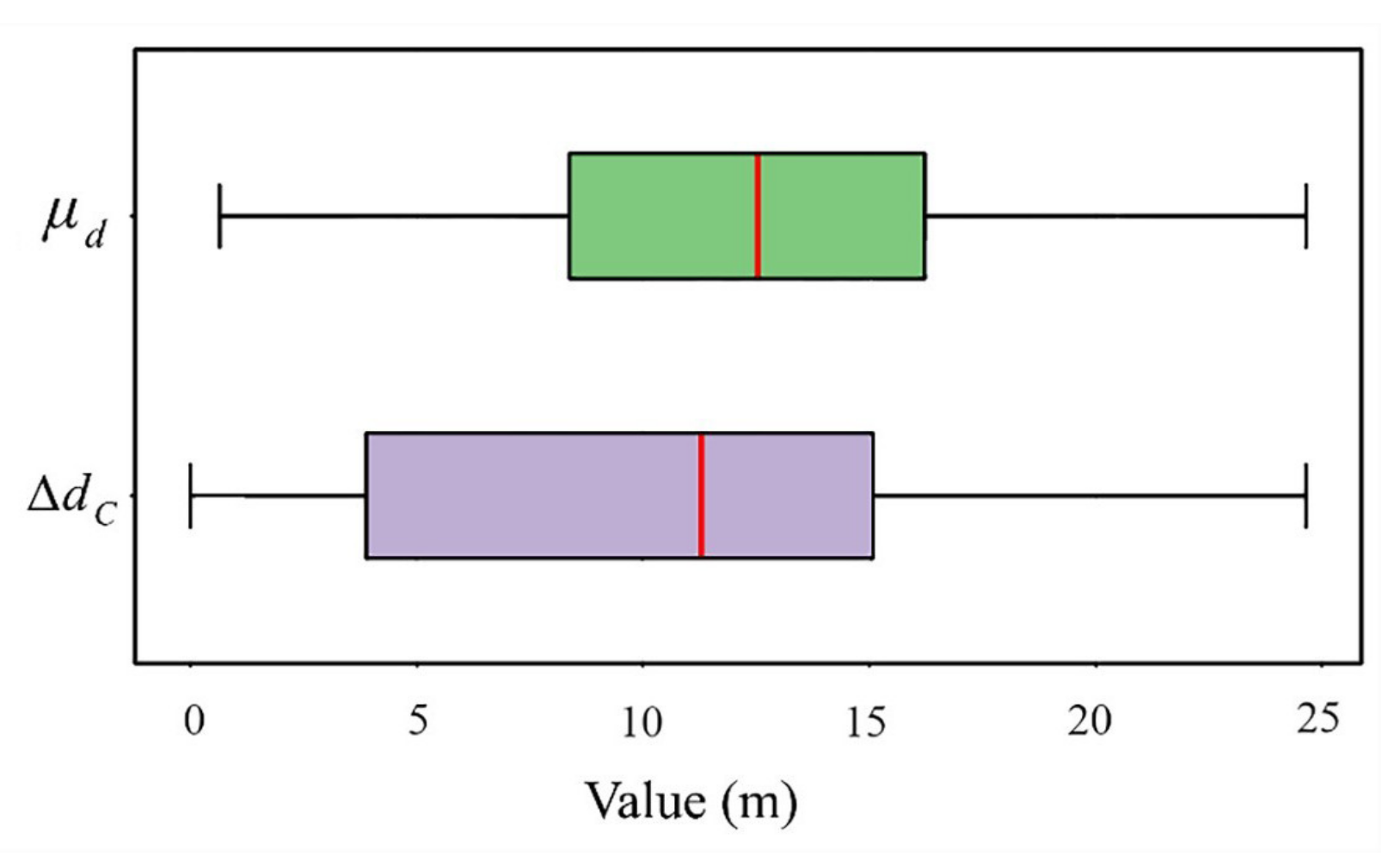
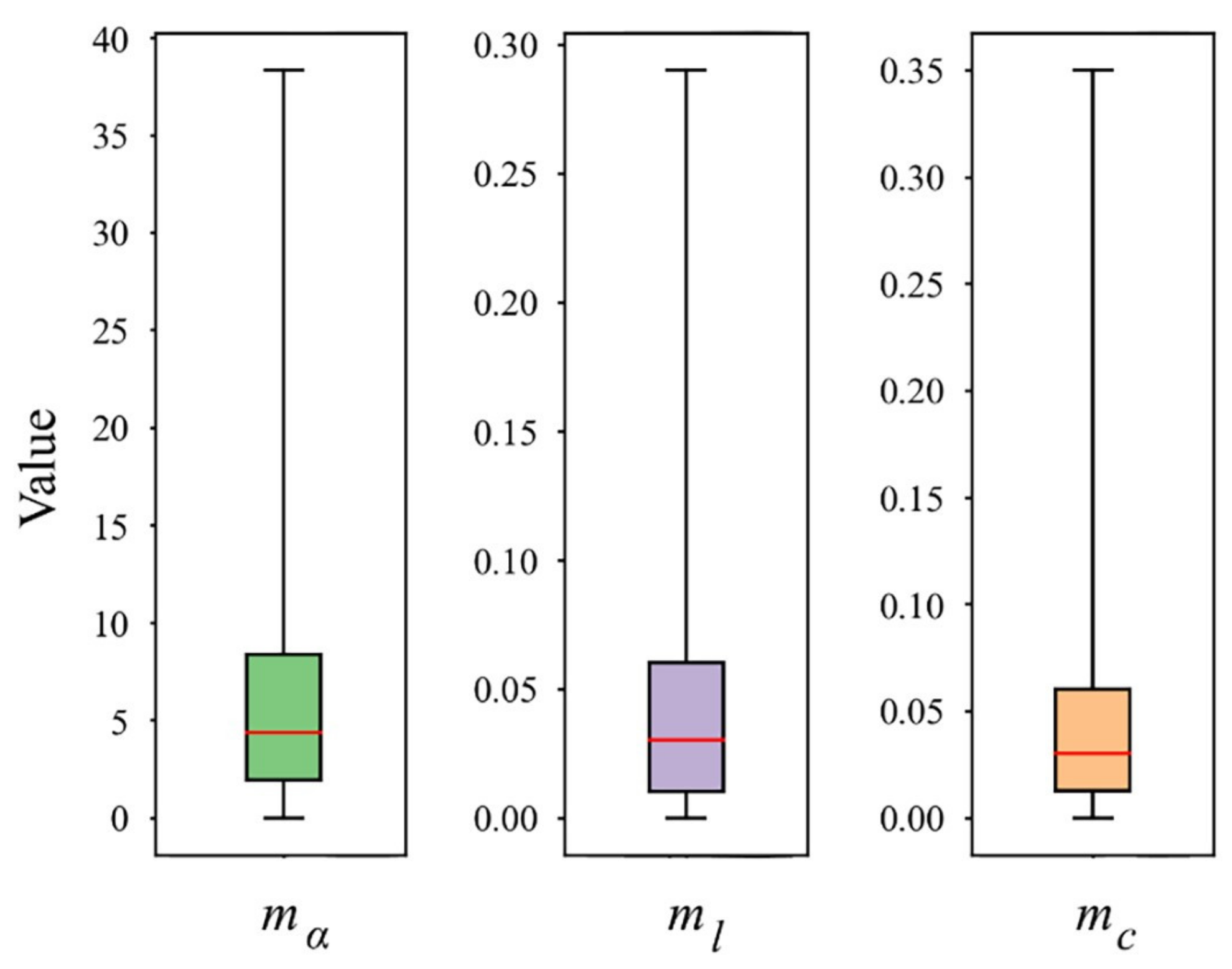
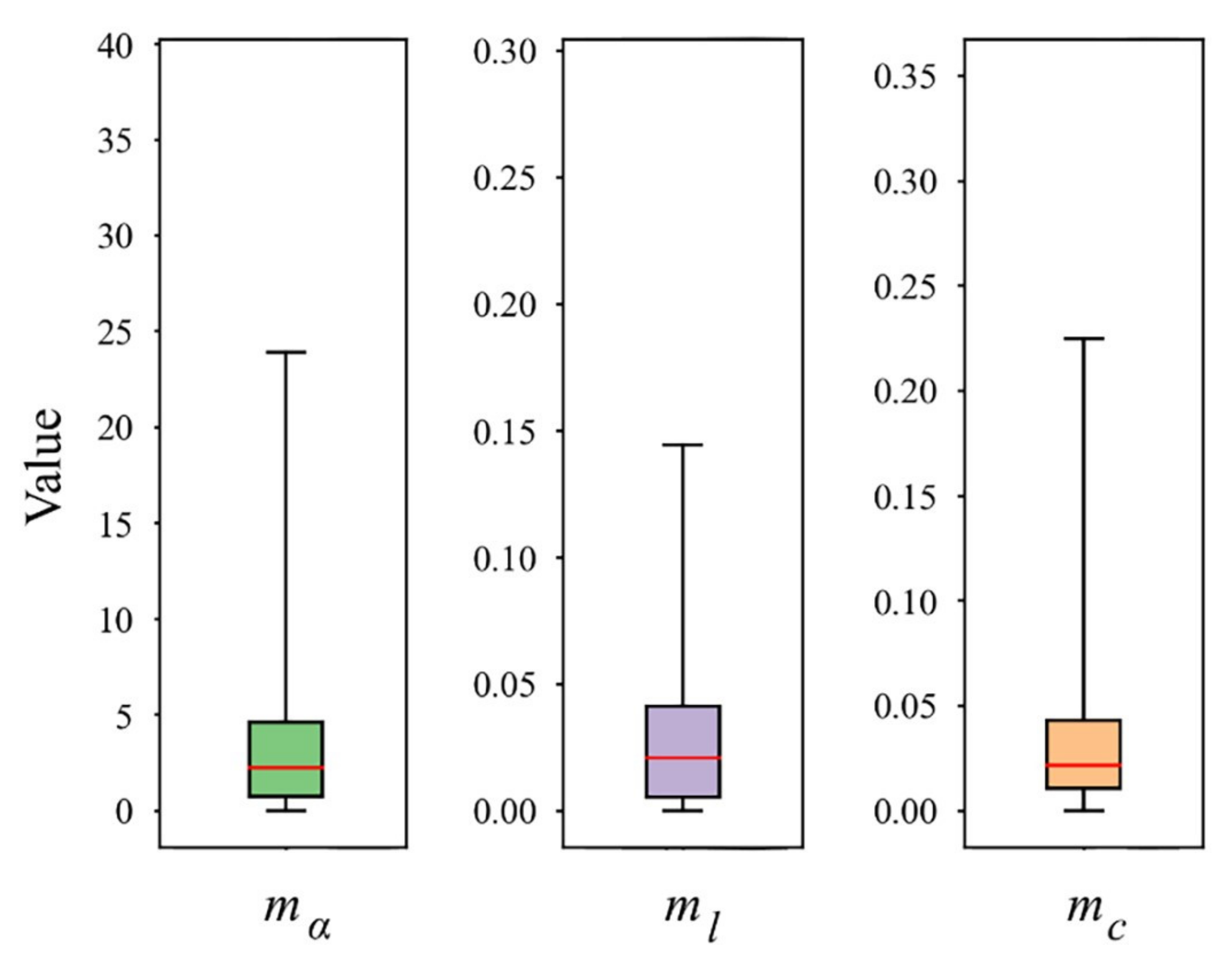
Publisher’s Note: MDPI stays neutral with regard to jurisdictional claims in published maps and institutional affiliations. |
© 2021 by the authors. Licensee MDPI, Basel, Switzerland. This article is an open access article distributed under the terms and conditions of the Creative Commons Attribution (CC BY) license (http://creativecommons.org/licenses/by/4.0/).
Share and Cite
Sahbaz, K.; Basaraner, M. A Zonal Displacement Approach via Grid Point Weighting in Building Generalization. ISPRS Int. J. Geo-Inf. 2021, 10, 105. https://doi.org/10.3390/ijgi10020105
Sahbaz K, Basaraner M. A Zonal Displacement Approach via Grid Point Weighting in Building Generalization. ISPRS International Journal of Geo-Information. 2021; 10(2):105. https://doi.org/10.3390/ijgi10020105
Chicago/Turabian StyleSahbaz, Kadir, and Melih Basaraner. 2021. "A Zonal Displacement Approach via Grid Point Weighting in Building Generalization" ISPRS International Journal of Geo-Information 10, no. 2: 105. https://doi.org/10.3390/ijgi10020105
APA StyleSahbaz, K., & Basaraner, M. (2021). A Zonal Displacement Approach via Grid Point Weighting in Building Generalization. ISPRS International Journal of Geo-Information, 10(2), 105. https://doi.org/10.3390/ijgi10020105







